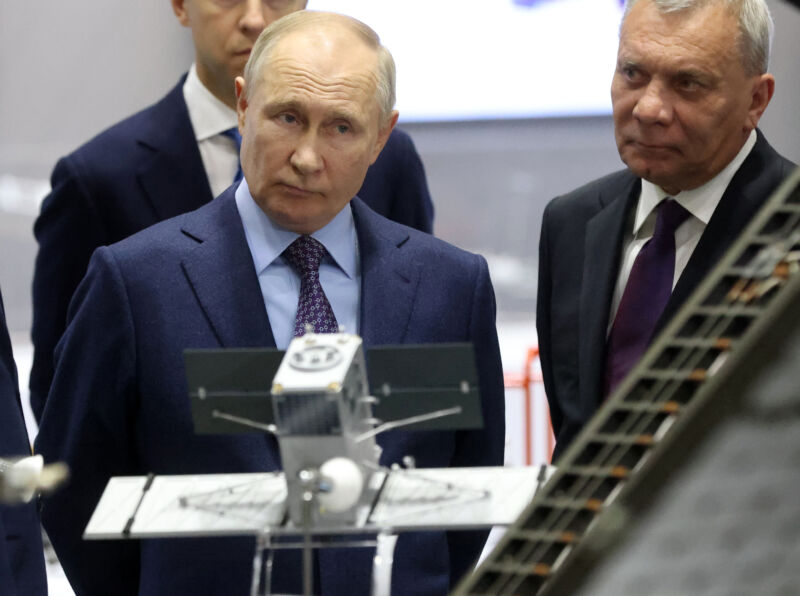
Contributor/Getty Images
Based on preliminary data, nearly 2,400 spacecraft have been launched into orbit this year. A significant majority of these, about 75 percent, were Starlink satellites built and flown by SpaceX. But other countries, such as China, have also built and launched hundreds of satellites this year.
There has been a dramatic growth in the production and launch of satellites into low-Earth orbit in recent years due to a few different trends. One is the commercialization of satellite production. Satellites for Earth observation and communication are becoming smaller and more affordable, and thanks to rideshare options it costs less to launch them.
Second, and most importantly, is the emergence of satellite megaconstellations that provide low-latency broadband Internet. Most prominent among these is SpaceX’s Starlink constellation, but it is far from alone. In addition to the nearly 4,000 Starlink satellites in orbit, OneWeb has about 600 operational spacecraft. Other commercial constellations, including Amazon’s Project Kuiper, are also coming. And both China and the European Union have announced plans to develop megaconstellations for communications purposes.
From Russia with low capacity
But what of Russia? The world’s original space superpower intends to develop a 264-satellite constellation called “Sphere” that will provide internet and Earth observations capabilities over Russia. But with respect to plans by companies and countries around the world, this is a relatively small effort.
Now we have some sense of why this is. In an interview with a state-owned Russian-language news channel, the chief of Russian space operations, Yuri Borisov, explained that the country can only build a few dozen satellites a year. (This is about one-fiftieth of the total that a privately owned company, SpaceX, will launch this year). Borisov said building a single satellite in Russia takes about 18 months, and because of this it is not possible to develop a megaconstellation.
According to Borisov, the combined efforts of the US industry and government are capable of building about 3,000 satellites a year, and China has production facilities capable of manufacturing 1,200 to 1,500 satellites a year. The sprawling Russian space corporation he runs, Roscosmos, cannot come close to matching these totals.
“It turned out we weren’t ready for this,” he said in the interview, which was translated for Ars by Rob Mitchell. “Today all satellite manufacturing companies of the industry are capable of building about 40 satellites per year.”
Borisov said some of the satellites that Russia builds take longer because they are large and costly, and he acknowledged that satellites for constellations must be built more quickly and for less money. This is because the communication service provided by a constellation relies on a mesh of satellites, not a single one. So, by necessity, there need to be many.
Russia currently has a total of 220 satellites in orbit, which is only about 2.5 percent of the global total of nearly 9,000 operational satellites.
Building satellites by hand
Essentially, Borisov said that the way Russia currently builds its satellites is by hand, through intricate and time-consuming processes. To become more competitive and have a constellation of its own, he said, Roscosmos will need to move toward an assemblyline-like means of mass production.
Russian President Vladimir Putin has indicated this is a priority for him. Last week Putin demanded that Roscosmos “radically reduce” the cost of satellite production and move away from building spacecraft in serial to parallel manufacturing. A plan for implementing this should be put into place by July 1, 2024, the Russian head of state ordered.
Where such a plan will fall within Russia’s budgetary priorities is an unanswered question of course. Prior to Russia’s unprovoked invasion of Ukraine in early 2022, the Russian space program had already been falling significantly behind its Western and Chinese competitors. As Russia has had to devote more resources to the war, Roscosmos’ budget has continued to shrink.

